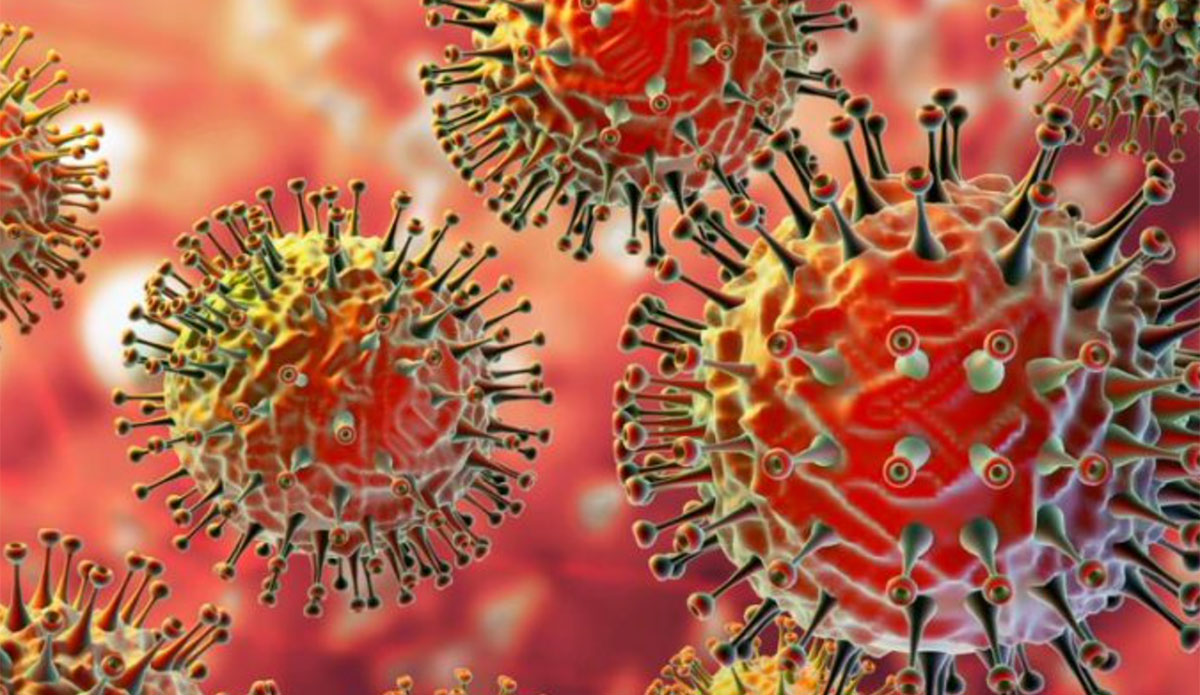Discovery of 230 New Giant Viruses: A Game Changer for Marine Science

Scientists from the renowned Rosenstiel School of Marine, Atmospheric, and Earth Science have made an extraordinary discovery in the vast waters of the world's oceans. They identified 230 previously unknown types of giant viruses, a finding that has sparked significant excitement within the scientific community. The term 'giant' might be misleading at first glance, as viruses are typically not known for their size. However, within the context of the viral world, these newly identified specimens are indeed substantial.
To provide some perspective, a giant virus can measure up to two microns in diameter. For comparison, a human hair is approximately 70 microns thick, making these viruses akin to giants in a world of microscopic organisms. While researchers believe there are many more undiscovered viruses in the oceans, the excitement surrounding these new giant viruses is palpable, given their potential implications.
At first, one might assume that the discovery of numerous new viruses in ocean waters could be detrimental. However, this is not necessarily the case. Currently, many ocean regions are grappling with extensive algal blooms, which are rich in a neurotoxin known as domoic acid. This toxin poses a serious threat to marine life, particularly seals and sea lions, as it can lead to fatal conditions. By investigating these new giant viruses, scientists are gaining valuable insights into managing and potentially mitigating the effects of harmful algal blooms.
According to Mohammad Moniruzzaman, one of the principal authors of the study, “By better understanding the diversity and role of giant viruses in the ocean and how they interact with algae and other ocean microbes, we can predict and possibly manage harmful algal blooms, which are human health hazards in Florida as well as all over the world.” He emphasizes the dual importance of these giant viruses, not just in terms of ecological balance but also regarding human safety.
It’s noteworthy that giant viruses typically do not infect humans or larger animals; their primary hosts are usually algae and amoebas. This characteristic means that the public need not worry about potential health threats from these newly discovered viruses, barring an extraordinary scenario reminiscent of a zombie movie. Still, their ecological significance cannot be overstated.
Lead author of the study, Benjamin Minch, who is also a doctoral student in the Department of Marine Biology and Ecology at the Rosenstiel School, noted, “We discovered that giant viruses possess genes involved in cellular functions such as carbon metabolism and photosynthesis—traditionally found only in cellular organisms.” This revelation indicates that giant viruses could have a substantial impact on manipulating the metabolic activities of their hosts during infection and may play a consequential role in marine biogeochemistry.
Understanding the interactions between giant viruses and foundational marine organisms like phytoplankton is crucial, as these interactions could have far-reaching effects on oceanic ecosystems. Phytoplankton serves as a vital building block in the marine food web, and any disruptions could cascade through the ecological system.
In conclusion, the research team stated, “Overall, our work provides new insights into the diversity and functional potential of giant viruses in the world’s oceans through our addition of 230 genomes with an expanded set of photosynthesis proteins as well as many other metabolic genes.” They hope that the newly identified genomes, alongside their protein annotations, will serve as a valuable resource for further research and insights into giant viruses across various aquatic ecosystems.


























